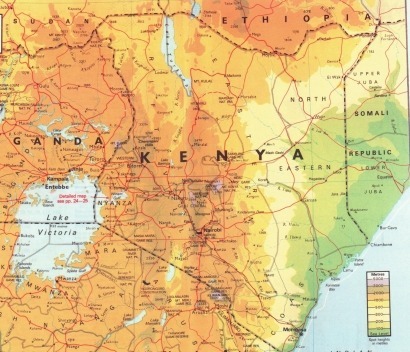
According to Research and Markets, Kenya's power sector is continuing to introduce a more diversified energy-generation capability. Although hydropower generation remains vulnerable to drought and variations in rainfall, additional hydro facilities are being developed in order to reduce the country's dependence on costly oil-fired capacity.
Over the longer-term, the favoured form of renewable energy is geothermal, where potential is believed to be considerable. Meanwhile, coal-based generating schemes should provide medium-term electricity supply.
In the five years from 2011 to 2016, Kenya's overall power generation is expected to increase by an annual average of 7.23% to reach 10.76TWh. Driving this growth will be a 5.04% annual average increase in hydropower and a 9.85% annual average rise in the supply of renewables-based electricity. Meanwhile, oil-fired generation is expected to fall by over 18% per annum as hydro increases in availability. BMI expects coal-fired power to become commercially available in the latter part of its forecast.
In addition to investments in oil and gas exploration, and the development of new coal-fired and hydroelectric power stations, Kenya plans to significantly increase the amount of energy generated by geothermal facilities. The country is already Africa's largest producer of geothermal power thanks to its strategic position over shifting tectonic plates. Over the next two to three years, the government plans to invest $1.4 billion in the construction of several new geothermal power plants with a total installed generation capacity of 280MW. By 2030, Kenya hopes to be generating 5GW of power from geothermal power; that would put Kenya among world leaders in geothermal terms.
For additional information:

